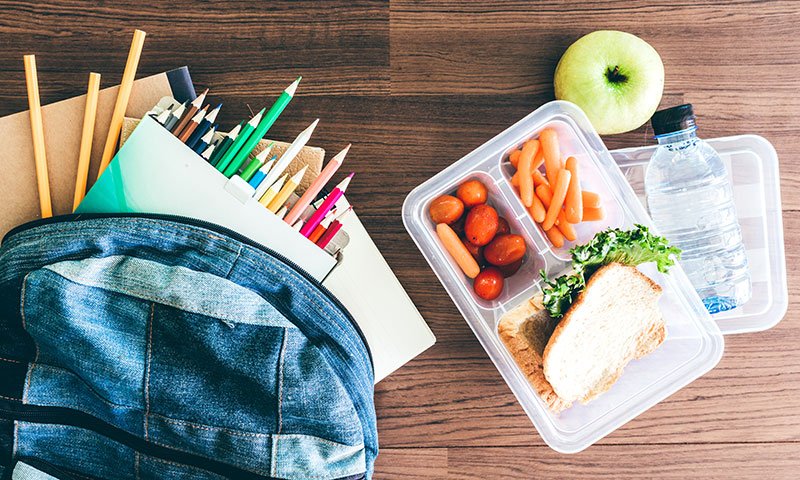Nourishing Back-to-School Nutrition: Building Healthy Habits for Success
As the new school year begins, it's essential to establish healthy eating habits that will fuel our bodies and minds for success. Nutrition plays a pivotal role not only in student's but everyone’s overall well-being, affecting their focus, energy levels, and cognitive abilities. Let’s explore some practical tips and strategies to promote nutritious choices for a successful academic year.
Start with a balanced breakfast. They say breakfast is the most important meal of the day, and that's for a good reason! A balanced breakfast provides the necessary nutrients and energy to kickstart the day. Incorporate a mix of whole grains, lean proteins, and fruits to keep hunger at bay and maintain steady energy levels throughout the morning. Opt for oatmeal with nuts and berries, whole-grain toast with peanut butter, or yogurt with granola and fresh fruit.
Pack nutrient-rich lunches. Avoid the temptation of pre-packaged, processed lunches by preparing nutrient-rich meals at home. Include a variety of colorful fruits and vegetables, lean proteins like grilled chicken or beans, and whole-grain options such as whole wheat bread or brown rice. Engage your child in the meal planning process to get them excited about their lunches and encourage healthier choices.
Snack smartly. During busy school days, it's common for students to reach for convenient but unhealthy snacks. Swap out sugary treats and chips for healthier alternatives like carrot sticks with hummus, apple slices with almond butter, or a handful of mixed nuts and seeds. Encourage your child to drink water instead of sugary drinks to stay hydrated and focused.
Stay hydrated. Proper hydration is essential for optimal brain function and concentration. Make sure your child carries a refillable water bottle to school, and encourage them to drink water throughout the day. Dehydration can lead to fatigue and reduced cognitive performance, so staying hydrated is a simple but crucial habit.
Mindful eating at home. Dinnertime can be a great opportunity for family bonding and nutritious meals. Aim to cook balanced dinners at home, incorporating a variety of food groups. Engage in mindful eating practices by eating together as a family without distractions like phones or television. This fosters healthier eating habits and promotes better digestion.
Plan ahead. With busy school schedules, it's easy to fall into the trap of fast food and takeout. Combat this by planning meals and snacks in advance. Prepare a weekly meal plan, create a shopping list with nutritious items, and involve your child in the preparation process. Having healthy options readily available will make it easier for everyone to make better food choices.
Teach moderation. While it's essential to prioritize nutritious foods, it's also important to teach children about moderation. Occasional treats or indulgences are okay, as long as they are balanced with an overall healthy diet. Avoid labeling certain foods as "bad" or "forbidden" to prevent an unhealthy relationship with food.
By prioritizing nutrition and developing healthy eating habits, students can enhance their academic performance, boost their energy levels, and promote overall well-being. As parents and educators, let's lead by example and support our children in making positive food choices that will set them up for success throughout the school year and beyond. Remember, nourishing the body also nourishes the mind! Email info@livingwellwithkiki.com to see how you can get back on track with your nutrition goals.

